Waterfall Model vs. Agile Model: Comparing SDLC Approaches
[featured_image]
The Waterfall Model
The Waterfall Model is a traditional approach to software development that follows a linear and sequential process. It consists of distinct phases such as requirements gathering, design, implementation, testing, deployment, and maintenance. Each phase must be completed before moving onto the next, and changes to requirements are difficult to accommodate once a phase is completed.
The Agile Model
On the other hand, the Agile Model is a more flexible and iterative approach to software development. It emphasizes collaboration, customer feedback, and the ability to respond to changes quickly. Agile breaks the project into smaller increments called “sprints,” which allows for continuous improvement and adaptation throughout the development process.
Comparing SDLC Approaches
The Waterfall Model is known for its straightforward and predictable nature, as each phase has clear deliverables and milestones. However, it lacks the flexibility to accommodate changes and may result in a longer time to market. In contrast, the Agile Model allows for rapid iterations and the ability to adjust to customer feedback, resulting in faster delivery and better alignment with customer needs.
Perplexity and Burstiness
The complexity and variation in the development process differ significantly between the Waterfall and Agile models. The Waterfall Model may appear more straightforward, with distinct phases and clear boundaries. However, this can lead to a lack of adaptability and responsiveness. On the other hand, the Agile Model introduces greater complexity through continuous iterations and changing requirements, resulting in a more adaptable and customer-focused approach.
Conclusion
In conclusion, the choice between the Waterfall and Agile models depends on the specific requirements and constraints of a project. While the Waterfall Model may be suitable for projects with well-defined requirements and minimal expected changes, the Agile Model offers greater flexibility and responsiveness for projects with evolving needs and customer feedback. Ultimately, understanding the complexities and variations in these SDLC approaches is crucial in determining the most suitable model for a given project.
